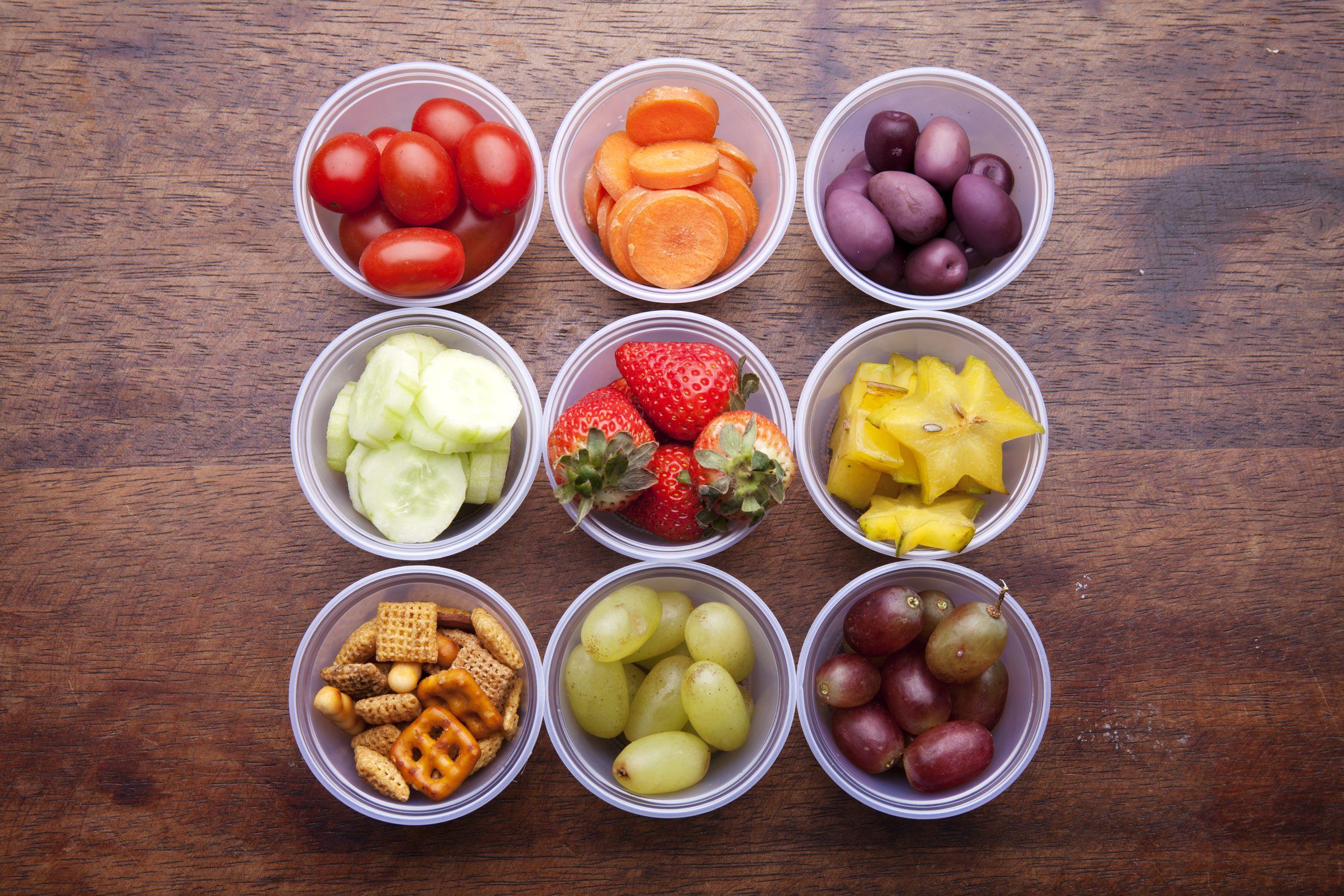

It’s time to fall back into a school routine and, along with that comes a task many parents dread — preparing healthy lunches and snacks that kids will actually eat. Every single day.
Kids today are more discerning, particularly after remote learning in 2020 with the fridge mere steps away. It can be a challenge to find simple, quick, yet nutritious options that keep children fueled throughout the day.
RVNAhealth nutritionist, Monica Marcello, MS, RD, weighed in with the following menu ideas to make back-to-school lunch preparation simpler. Rather than the traditional sandwich, chips, and cookies, this mix and match variety keep meals and snacks appealing…and colorful! Marcello suggests pairing a main lunch with two fruits/veggie options and 1-2 snacks, depending on the child’s age and nutritional needs.
Main lunch
- Leftover dinner meat sliced thin with veggies on whole grain wrap, pita, or bread
- Almond butter and sliced banana on whole grain wrap, sliced
- Hummus, pita chips, sliced cucumbers, and baby tomatoes
- Cheese quesadilla with guacamole & salsa for dipping (refried vegetarian beans add extra protein!)
- Whole grain pasta salad made with tuna
- “Chef Salad” – chunks turkey and/or ham, egg quarters, romaine hearts, and salad dressing for dipping
Fruits & Veggies
- Grapes – mix red and green
- Apple & orange slices (the acid from the oranges keeps apples from browning)
- Edamame
- Mangoes or Papaya
- Melon – honeydew and cantaloupe
- Baby carrots
- Cucumber slices
- Sugar snap peas
- Banana “sandwiches” (almond or cashew butter between slices)
- Berry medley – blueberries, strawberries, raspberries, and blackberries
Snack ideas
- Hard boiled or deviled eggs
- Unsweetened apple sauce
- Almond-based crackers & sliced cheese
- Butter-free microwave popcorn
- RX bar or Lara bar
- Low fat cheese sticks
- Low sugar Greek yogurt (pair with a side of berries and handful of low-sugar granola)
- Fruit leather/strips (choose dehydrated fruit without added sugar)
Marcello noted that many of these items are available pre-packaged at major grocery chains making lunch prep easier for busy households. She added the following insights to help establish healthy routines all year:
- Food is fuel. The body requires a balance between proteins, whole grain carbs, and healthy fats for optimal functioning.
- Hydrate with water or flavored water (with no added sugars/chemicals) throughout the day. Boxed juice, no matter how pretty the packaging, is not healthy.
- Let your child choose what they eat; this engages kids in their own health. For younger children, simplify choices by offering them two from each category from which to make their selections.
- Model good eating habits. Children mimic what they see so parents should adopt nutritious choices themselves.
- Treats are okay…in moderation. Allow kids to indulge in sweets periodically; just be mindful of serving sizes. As portions grew larger in America, so did our waistlines.
- Watch for disordered behaviors. Restricting or omitting particular foods can be challenging given the rise in eating disorders in children. Consult a child’s primary care physician with concerns.
For more information about the nutrition programs available at RVNAhealth, visit our Nutrition Services page or email Monica Marcello, MS RD at nutrition@rvnahealth.org.





